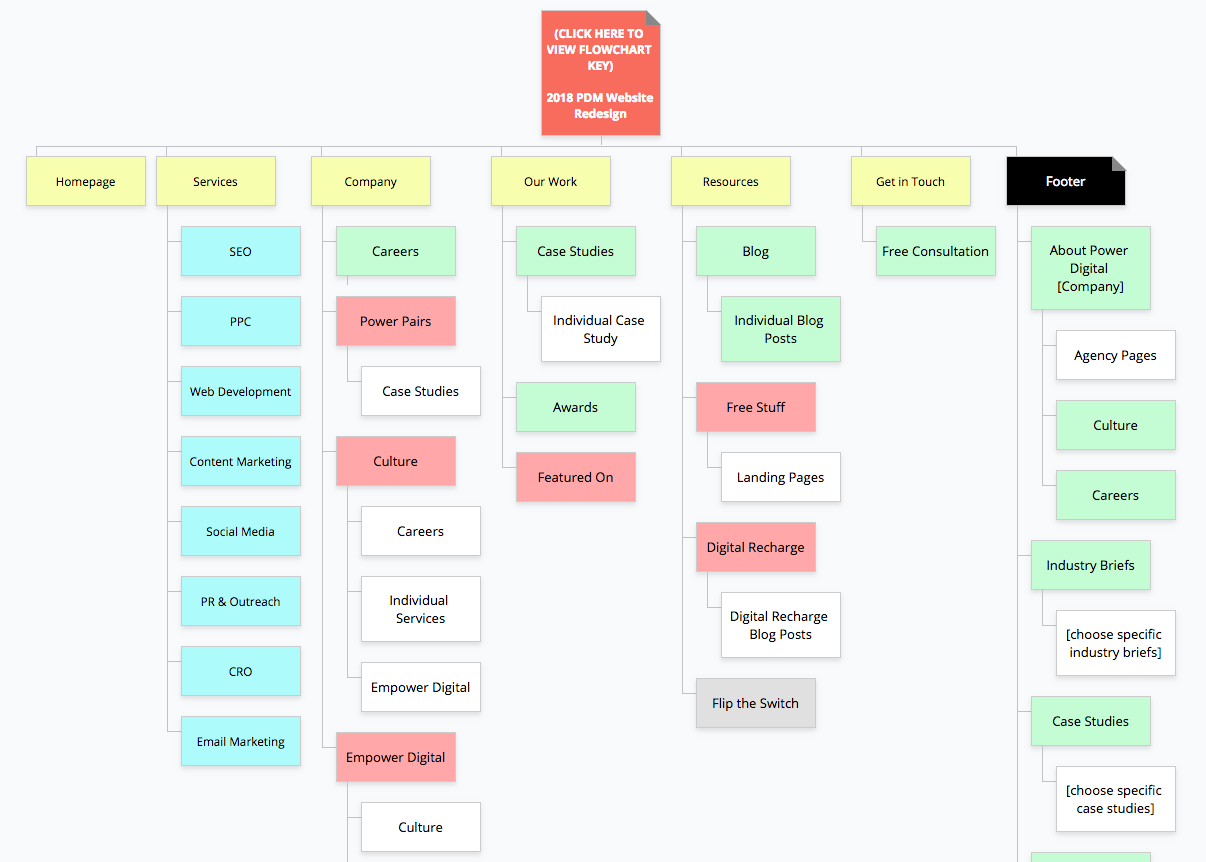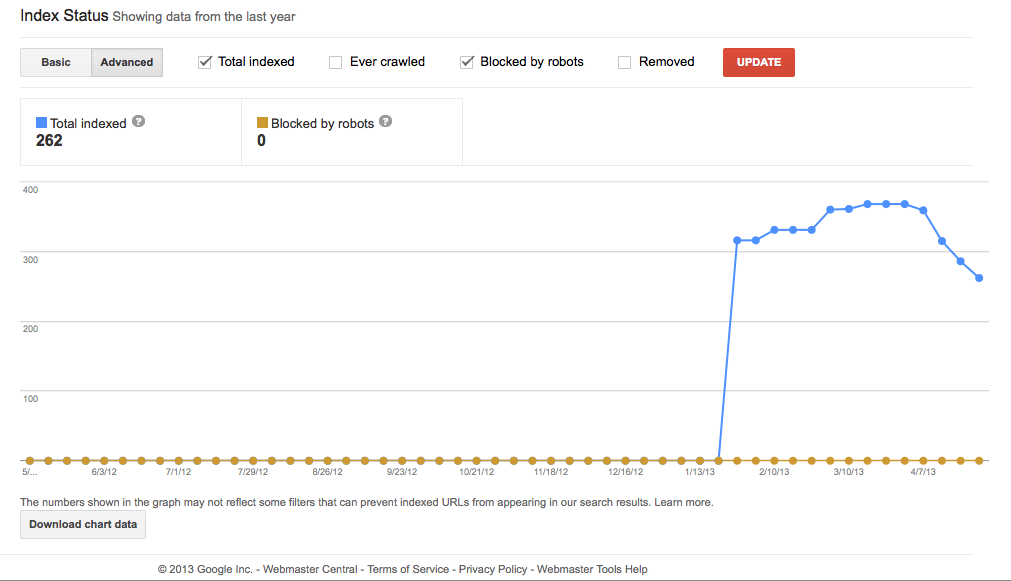What is a Sitemap?
At Power Digital, our web development team goes through an extensive process to build websites. It involves 6 major steps:
- Discovery
- Sitemap
- Wireframes
- Design
- Development
- Launch
All of these steps play a major role in the outcome of any client’s website project, but nothing sets the stage more than step number two. The sitemap of a website is crucial in planning, structure, and execution of strategy.
The following article will breakdown a sitemap and why we feel it is the most important step to any website build.
What is a sitemap?
Think of a sitemap as a sort of web, or tree. It has different branches and leaves that serve a purpose, usually with a core center that is the focal point. A sitemap branches from a home page, into its main pages, then to the sub-pages underneath them. To give you a visual, here is a sitemap based off of our site here at Power Digital:
You can see the main pages of our site mapped out in yellow, then breaking into their respective sections below.
From an SEO standpoint, a sitemap tells search engines like Google about the types of content you have on the site and how often it is maintained. CC Marketing Online shows how they implemented a sitemap for a client who never had one, and how Google didn’t know the site existed until then:
Its crucial to include this info on your website. A sitemap establishes your relationship with Google and how they interact with content on your site.
How does a sitemap influence your design and development?
It is very important to establish goals before moving into a big website project. A sitemap can help you look at your site objectively from a high level. We have had many website projects’ success be built off of a successful planning stage.
When we layout a sitemap clearly, it can effectively do the following:
- Structure the internal organization of your backend
- Influence the UX/UI of the site based on your user flow and goals
- Identify hanging pages that fall outside of a category but must be accounted for
- Organize a timeline of the project
- Help influence your SEO strategy
Wrapping Up
Be sure to look at your current site’s sitemap and see where you can improve! Even if you didn’t plan it, chances are you have one. If you’re looking to build a new site, make sure you pay attention to your goals as a business or an individual and lay them out clearly. Take a moment to walk in a user’s shoes and decide what is most logical for someone visiting your site. A sitemap that’s done right goes a long way.



















